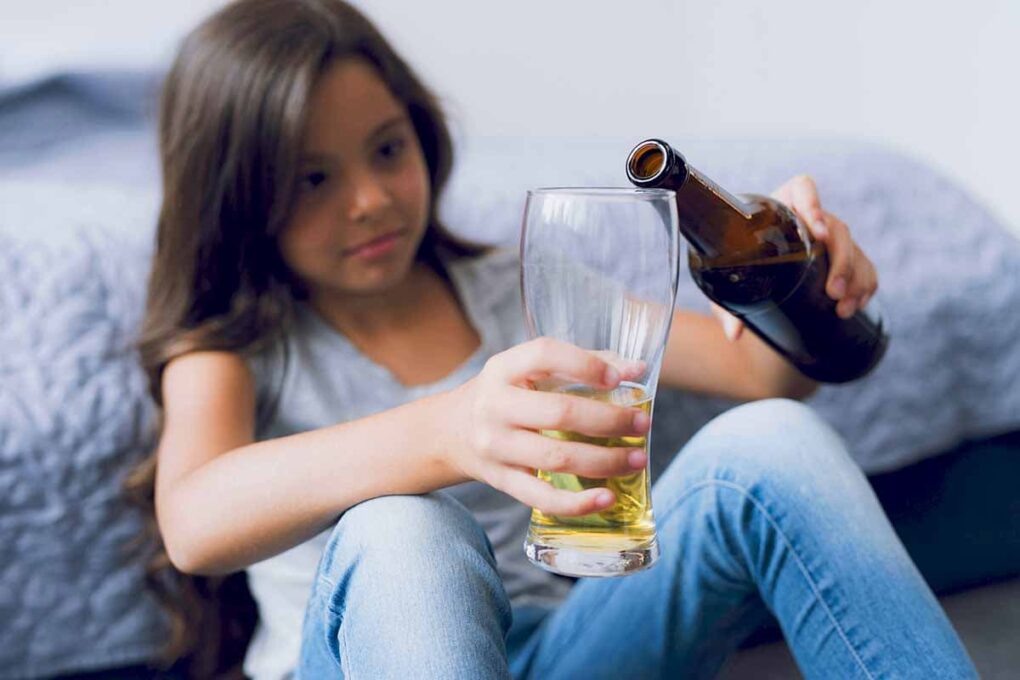Alcohol consumption among youth is a significant public health concern worldwide. The effectiveness of alcohol regulation in curbing underage drinking varies across countries, influenced by cultural, social, and legal factors. This article explores the impact of different alcohol regulations on youth consumption, drawing on examples from various nations.
The Role of Legal Drinking Age
One of the most common regulatory measures is the legal drinking age, which varies significantly between countries. In the United States, the legal drinking age is 21, one of the highest globally. “Raising the legal drinking age has been associated with lower levels of alcohol consumption among youth,” notes Dr. Emily Johnson, a public health researcher. Studies indicate that higher legal drinking ages are linked to reduced rates of alcohol-related harm among young people.
In contrast, many European countries have lower legal drinking ages, typically around 16 to 18 years. These countries often experience different drinking cultures, where alcohol consumption may be more integrated into social norms. “In countries with lower legal drinking ages, such as Germany and Italy, there is often a more relaxed approach to youth drinking, but this does not necessarily correlate with higher rates of abuse,” explains sociologist Mark Weber. Cultural factors, such as family attitudes towards drinking and societal norms, play a crucial role in shaping youth alcohol consumption.
The Effectiveness of Minimum Pricing and Taxation
Minimum unit pricing and taxation on alcohol are other regulatory strategies employed to reduce youth drinking. Scotland, for example, introduced minimum unit pricing in 2018, setting a base price per unit of alcohol. “Minimum pricing aims to reduce excessive alcohol consumption by making it less affordable, particularly targeting cheap, high-alcohol content products,” says Dr. Laura Smith, an economist specializing in public health policy.
Evidence suggests that such measures can lead to a decrease in alcohol-related harm. A study by the University of Glasgow found that alcohol sales dropped by 8% following the introduction of minimum pricing. “Pricing policies are effective in reducing consumption, especially among young people who generally have lower disposable incomes,” emphasizes public health advocate Jane Lee. However, the impact of these policies varies depending on their design and implementation, as well as the availability of illegal or unregulated alcohol.
Advertising Restrictions and Public Awareness Campaigns
Restricting alcohol advertising is another approach used to mitigate youth exposure to alcohol. Countries like Norway and France have strict regulations limiting alcohol advertising, particularly in media accessible to young audiences. “Restricting advertising reduces the appeal of alcohol to young people and lowers the likelihood of early initiation into drinking,” asserts Michael Green from online-casino.bg.
Public awareness campaigns complement these restrictions by educating youth about the risks associated with alcohol consumption. “Effective public health campaigns can shift cultural attitudes towards alcohol and encourage healthier behaviors,” notes campaign strategist Sarah Brown. These campaigns often use social media and digital platforms to reach younger audiences, delivering messages that resonate with their experiences and concerns.
Comparing Cross-Cultural Impacts
Cross-country comparisons reveal that the impact of alcohol regulation on youth consumption is not uniform and is influenced by cultural and societal contexts. For instance, Japan has a legal drinking age of 20 and strict penalties for underage drinking, yet cultural attitudes towards alcohol are relatively permissive. “In Japan, the combination of strict legal measures and cultural acceptance creates a complex environment where youth drinking rates are moderate but not negligible,” explains cultural analyst Hiroshi Tanaka.
Similarly, in Australia, a combination of higher drinking ages, heavy taxation, and robust public health campaigns has been effective in reducing youth drinking rates. “Australia’s multi-faceted approach serves as a model for integrating legal, economic, and educational strategies to combat underage drinking,” says policy expert Dr. Alice Wong.
The effectiveness of alcohol regulation in reducing youth consumption varies widely across countries, shaped by legal frameworks, cultural attitudes, and socioeconomic factors. While measures such as raising the legal drinking age, implementing minimum pricing, and restricting advertising have proven effective in many contexts, they must be adapted to fit the specific cultural and social landscape of each country. As Dr. Emily Johnson aptly concludes, “A one-size-fits-all approach to alcohol regulation is unlikely to succeed; instead, tailored strategies that consider local contexts and engage communities are crucial for protecting youth from alcohol-related harm.”
